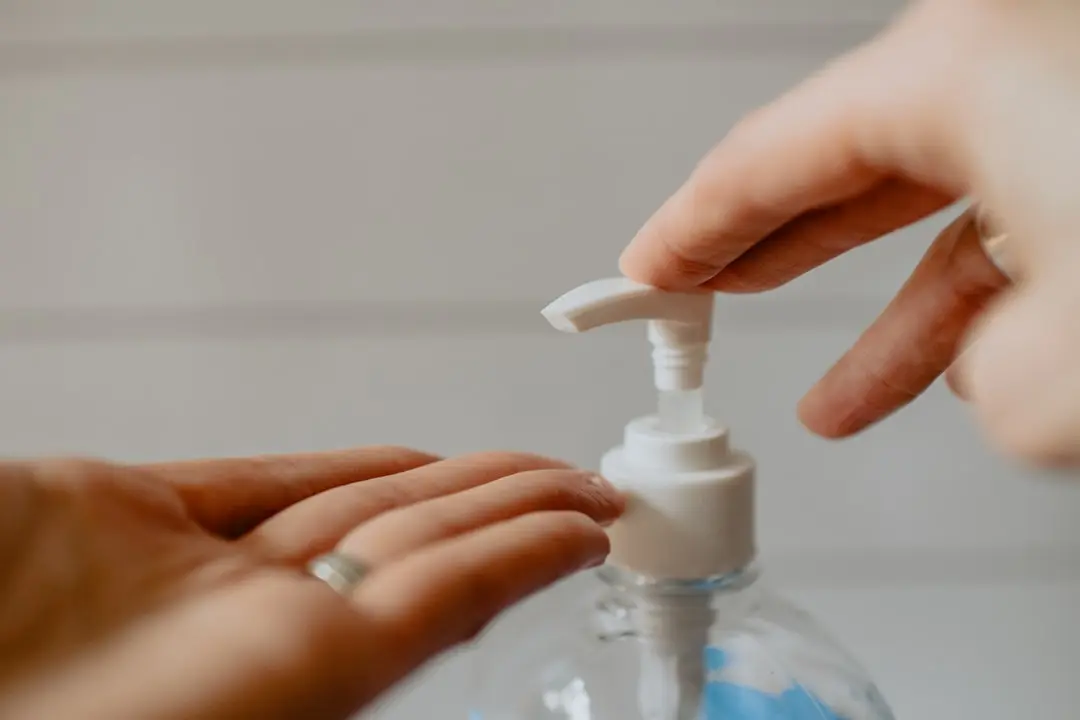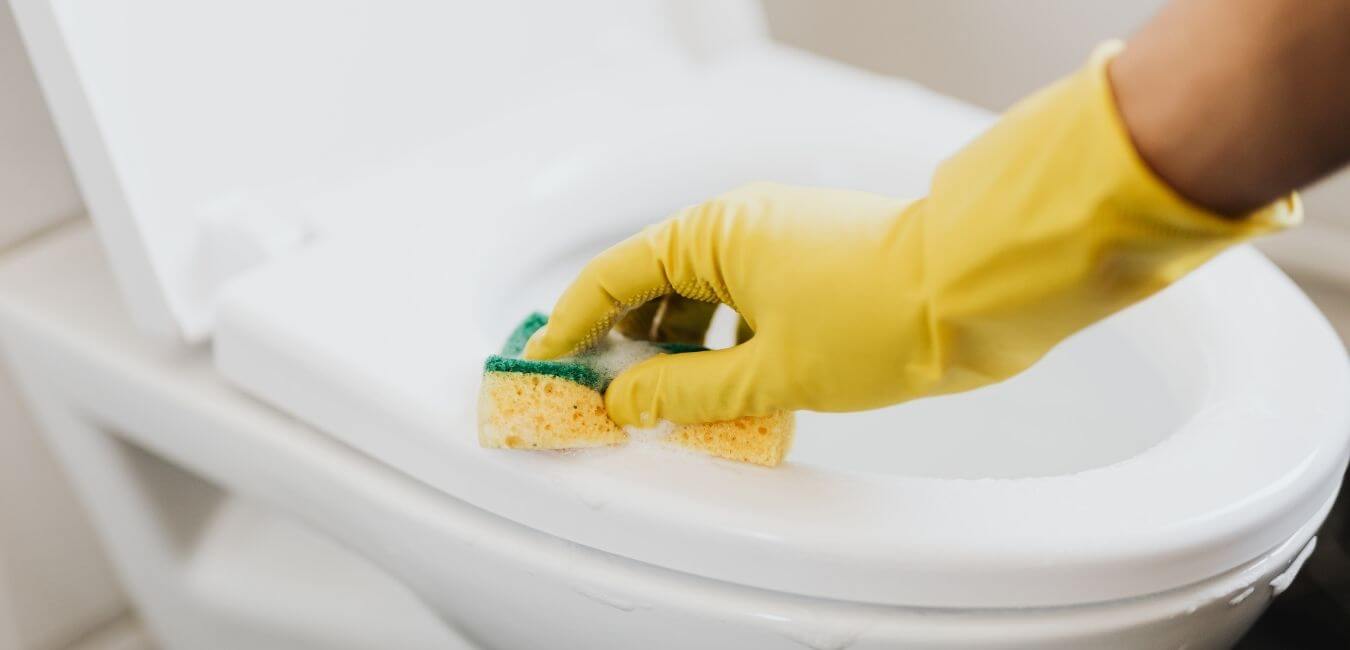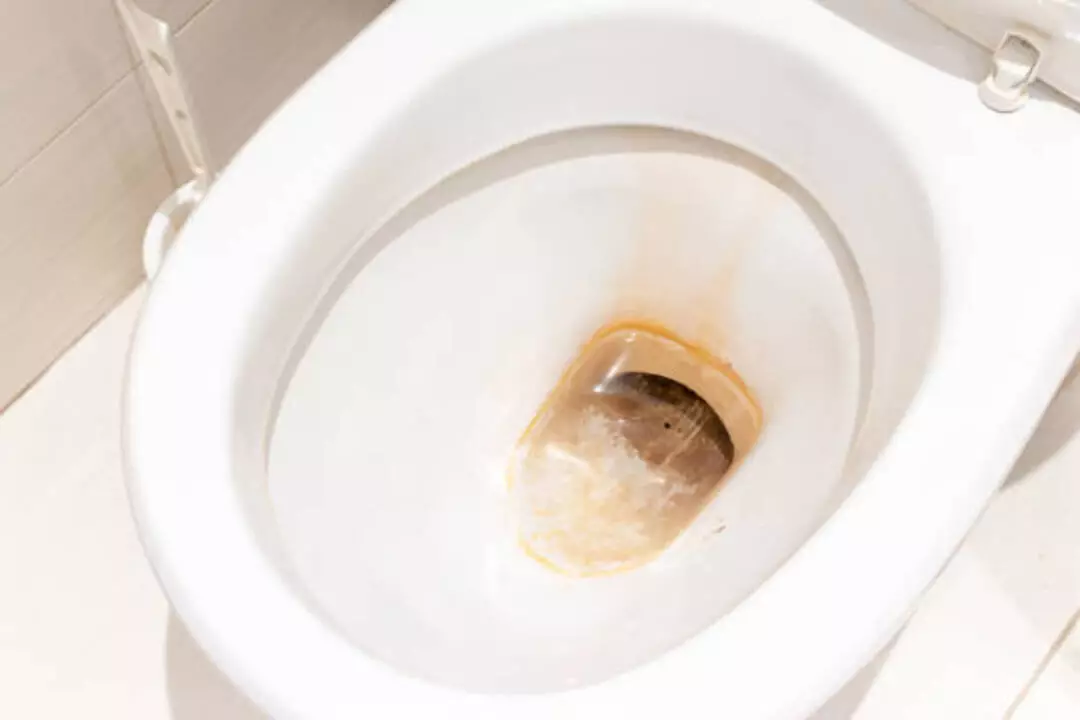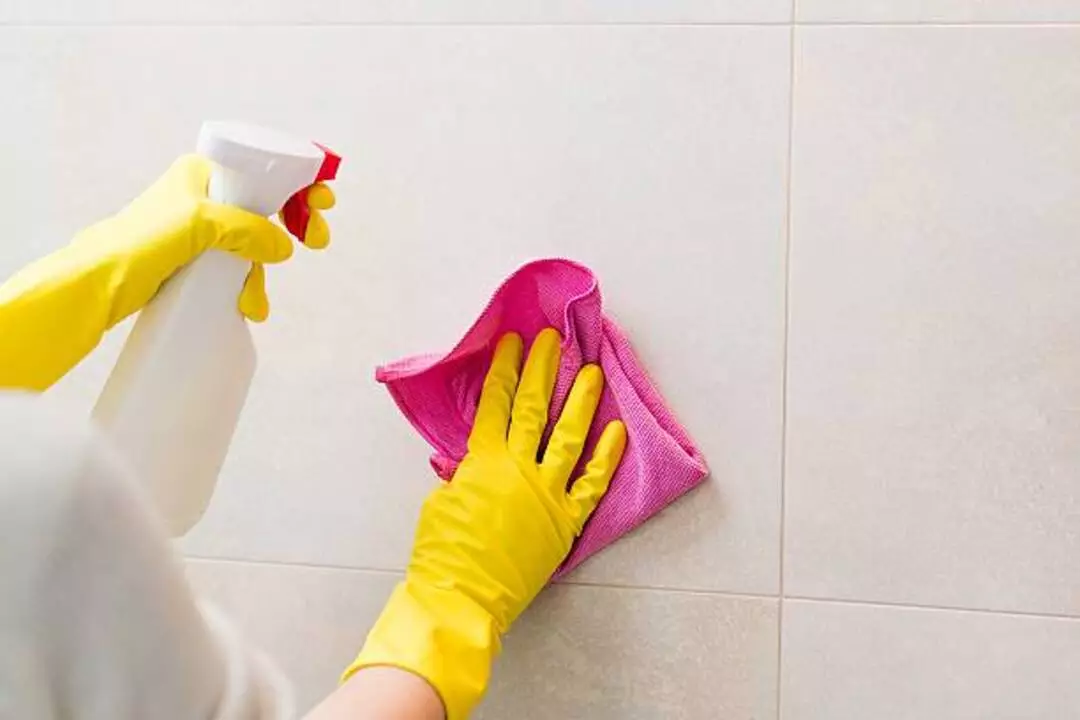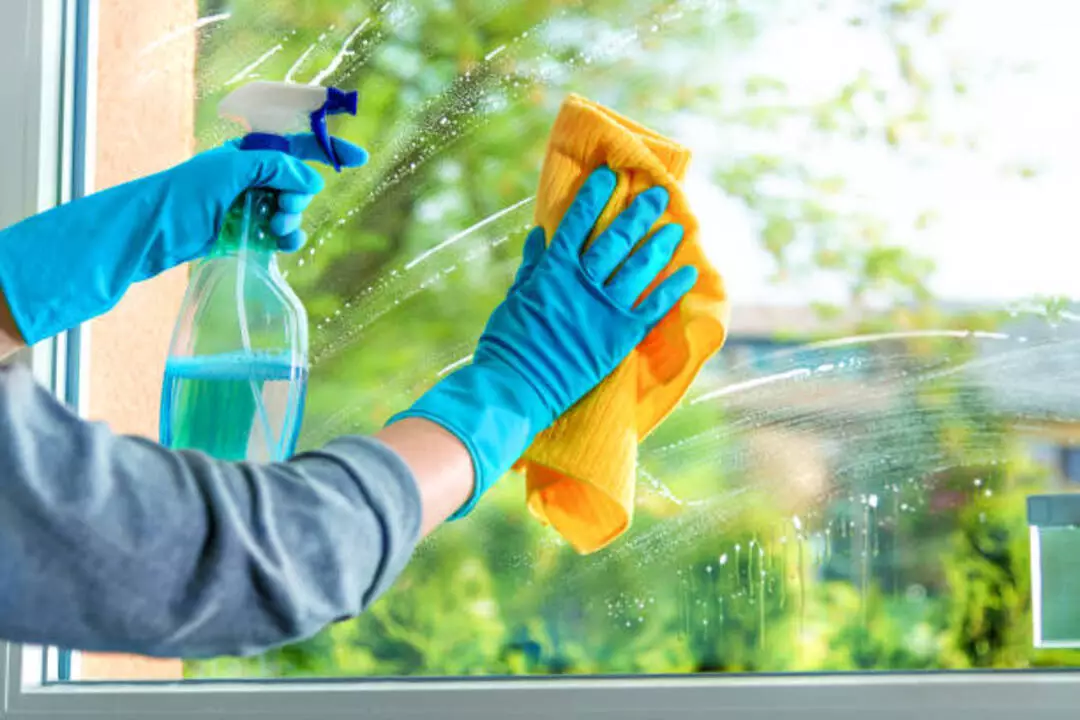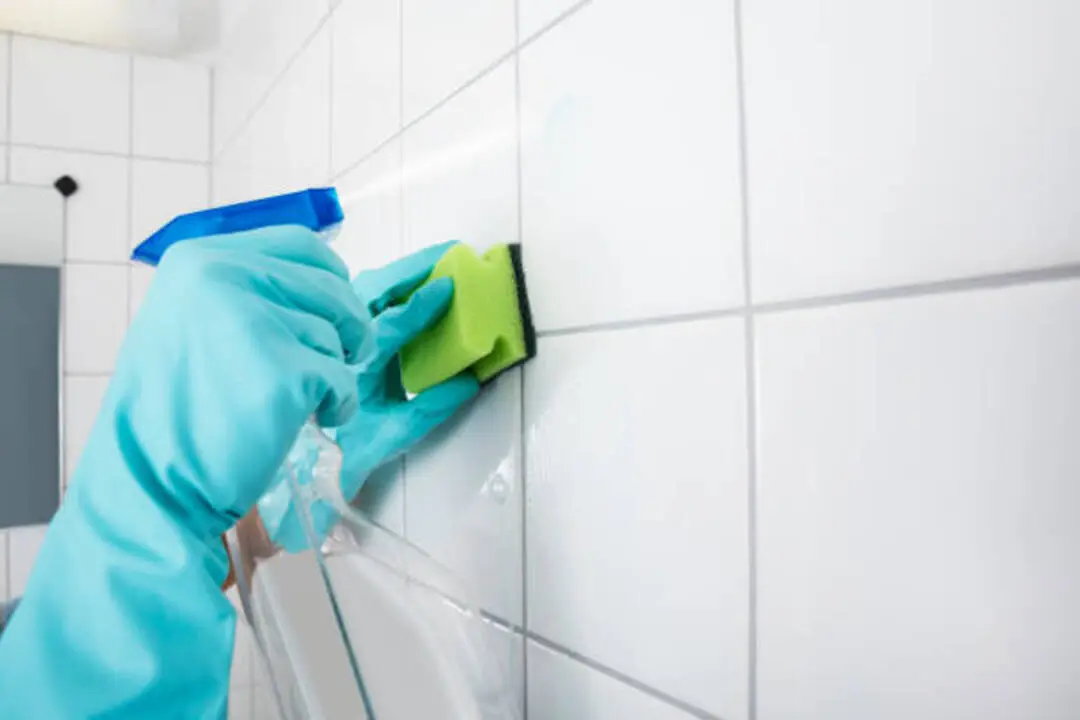Are you tired of seeing your beloved wooden furniture lose its shine and elegance due to dust accumulation? Research shows that dust particles, if not properly managed, can lead to scratches and damage to the surface of your wood furnishings.
Our comprehensive guide will illuminate effective methods for dusting and preserving your wooden treasures, ensuring they remain in excellent condition for years to come! Let’s dive into a world where keeping wooden furniture magnificently clean is no longer an enigma!
KEY INFORMATION
- Dust and insects are major threats to wooden furniture. Regular cleaning with soft cloths or brushes helps prevent dust accumulation and scratches.
- Insect repellents specifically designed for wooden furniture can protect against infestations. Regular inspections help detect signs of insect activity.
- Essential tools for furniture protection include soft cloths, brushes, mild wood cleaners, and insect repellents.
- Regular maintenance involves routine cleaning techniques, regular inspections for bugs, and advanced protection strategies like using furniture covers or felt pads.
- Different types of wooden finishes require different cleaning methods. Varnished finishes can be cleaned with gentle, soapy water and polished with paste wax. Oiled finishes require caution when using moisture and should be regularly oiled or waxed.
- Best practices for maintaining wooden furniture include regular cleaning, avoiding excessive heat and moisture exposure, polishing to restore shine, and dealing with stains and scratches appropriately.
- Dusting regularly with soft cloths or brushes helps prevent scratches on wooden furniture caused by accumulated dust.
- Using insect repellents designed for wooden furniture protects against bug infestations that can damage the wood surface over time if left untreated.
- Proper maintenance includes routine cleaning techniques like wiping down surfaces weekly and conducting regular inspections to spot any signs of insect activity early on.
Understanding the Threats to Wooden Furniture

Dust and insects pose significant threats to the preservation of wooden furniture.
Dust
Dust is a big threat to wooden furniture. It settles on the wood and can scratch it when you clean it. Also, dust makes your furniture look old and dirty. To keep it safe, you must clean off the dust often.
Use a soft cloth or brush for this job. You should not scrub too hard, as you may harm the wood. Be gentle in your movements, just like petting a cat! Cleaning every week helps stop dust from piling up and scuffing your furniture’s surface.
So, always fight against dust if you want your wooden furniture to shine!
Insects
Wooden furniture is not only susceptible to dust but also to insects. These pesky pests can cause significant damage if left unchecked. To protect your furniture, it’s important to take preventative measures against insects and address any infestations promptly.
Regular inspections of the wooden furniture can help detect signs of insect activity, such as small holes or sawdust-like material called frass. If you notice any signs, consult with a professional for appropriate treatment options.
Insect repellents specifically designed for wooden furniture can also be used as an additional safeguard against infestations. By taking these steps, you can ensure that your wooden furniture remains free from insect damage and lasts for years to come.
Essential Tools for Furniture Protection
To protect your wooden furniture, you will need a set of essential tools, such as dusting tools, cleaning supplies, and insect repellents.
Dusting tools
To effectively dust your wooden furniture and keep it looking its best, you’ll need the right tools. One essential tool is a soft, lint-free cloth or microfiber cloth that won’t scratch the surface.
These cloths are perfect for gently wiping away dust and dirt without causing damage. Another helpful tool is a soft brush that can reach into crevices and remove stubborn dust particles.
Using these tools regularly will help maintain the beauty of your wooden furniture and protect it from scratches or scuffs caused by abrasive materials.
Cleaning supplies
To effectively clean your wooden furniture and keep it looking beautiful, you’ll need a few essential cleaning supplies. A soft, lint-free cloth or microfiber cloth is perfect for dusting and wiping down the surface of your furniture.
You can also use a soft brush to remove dust and dirt from crevices. For deeper cleaning, a damp microfiber cloth or mild wood cleaner can be used. Avoid using abrasive cleaners or harsh chemicals, as they can damage the wood’s finish.
Additionally, having some paste wax on hand will help protect and restore the natural luster of your wooden furniture.
Insect repellents
To protect your wooden furniture from insect infestations, it’s important to use effective insect repellents. These repellents can help keep pesky bugs like termites and beetles away.
Look for products specifically designed for wood furniture care that contain ingredients like cedar oil or citrus extracts, as these are known to repel insects. When applying the repellent, make sure to follow the manufacturer’s instructions carefully and apply it evenly across all exposed surfaces of your furniture.
By using insect repellents regularly, you can help safeguard your wooden furniture from potential damage caused by bugs.
Regular Maintenance for Long-Term Protection

Regular maintenance is essential for the long-term protection of your wooden furniture. This includes implementing routine cleaning techniques, conducting regular inspections for insect infestations, and utilizing advanced protection strategies to ensure the longevity and beauty of your furniture.
Routine cleaning techniques
To keep your wooden furniture clean and well-maintained, regular cleaning is essential. Start by dusting the furniture at least once a week to prevent dust buildup. Use a soft, lint-free cloth or microfiber cloth to gently wipe down the wood surfaces, including the arms, legs, and surface.
You can also use a soft brush or vacuum attachment to remove dust from hard-to-reach areas. For light stains or dirt, dampen a cloth with water or a mild soap solution and wipe down the furniture in the direction of the wood grain.
Avoid using excessive pressure or scrubbing, as it can cause damage to the wood’s finish. Remember to dry the furniture thoroughly after cleaning to prevent moisture damage. By incorporating these routine cleaning techniques into your maintenance routine, you can ensure that your wooden furniture stays looking its best for years to come.
Regular inspections for insect infestations
Regular inspections are essential to protect your wooden furniture from insect infestations. Checking your furniture regularly allows you to catch any signs of bugs or pests early on, preventing them from causing significant damage.
Look out for visible signs such as holes, sawdust-like material, or even live insects crawling on the furniture. If you notice any problems, take immediate action by treating the affected areas and contacting a professional if necessary.
By conducting regular inspections, you can ensure that your wooden furniture stays in great condition for years to come.
Advanced protection strategies
To further protect your wooden furniture, there are some advanced strategies you can try. One option is to use furniture covers or slipcovers to shield your pieces from dust and other potential damage.
These covers can be easily removed and washed when necessary. Another effective strategy is to place felt pads underneath the legs of your furniture to prevent scratches on the floor and minimize wear on the wood itself.
Additionally, consider using UV-protective window film or curtains to block out harmful sunlight that can fade and damage the finish of your furniture over time. By implementing these advanced protection strategies, you can keep your wooden furniture looking beautiful for years to come.
How to Clean and Protect Different Types of Wooden Furniture

Learn the best techniques for cleaning and protecting varnished or sealed finishes as well as oiled or unsealed finishes. Discover how to make your wooden furniture look new again! Read on to find out more.
Varnished or sealed finishes
To clean varnished or sealed wooden furniture, start by using a soft, lint-free cloth or microfiber cloth to dust the surfaces. This will help remove any loose dirt and prevent it from scratching the finish.
For stubborn stains or grime, you can dampen a cloth with water and mild soap to gently wipe down the furniture. Avoid using excessive pressure or scrubbing, as this can damage the finish.
After cleaning, make sure to dry the furniture thoroughly to avoid any moisture damage. Finally, if you want to enhance the shine and protection of your varnished or sealed wood furniture, you can apply a paste wax following the manufacturer’s instructions.
Oiled or unsealed finishes
For furniture with oiled or unsealed finishes, it’s important to be cautious when cleaning. These types of finishes can be more vulnerable to damage from moisture and cleaning agents compared to varnished or sealed finishes.
To clean these surfaces, avoid using excessive water or harsh chemicals. Instead, opt for a gentle cleaner specifically designed for wood furniture. You can also use a soft cloth slightly dampened with water to remove dust and dirt.
Just make sure to dry the surface thoroughly afterward to prevent any potential damage. Regularly applying furniture oil or wax can help protect and nourish the wood, keeping it looking its best for years to come without compromising its natural beauty.
Best Practices for Maintaining Wooden Furniture
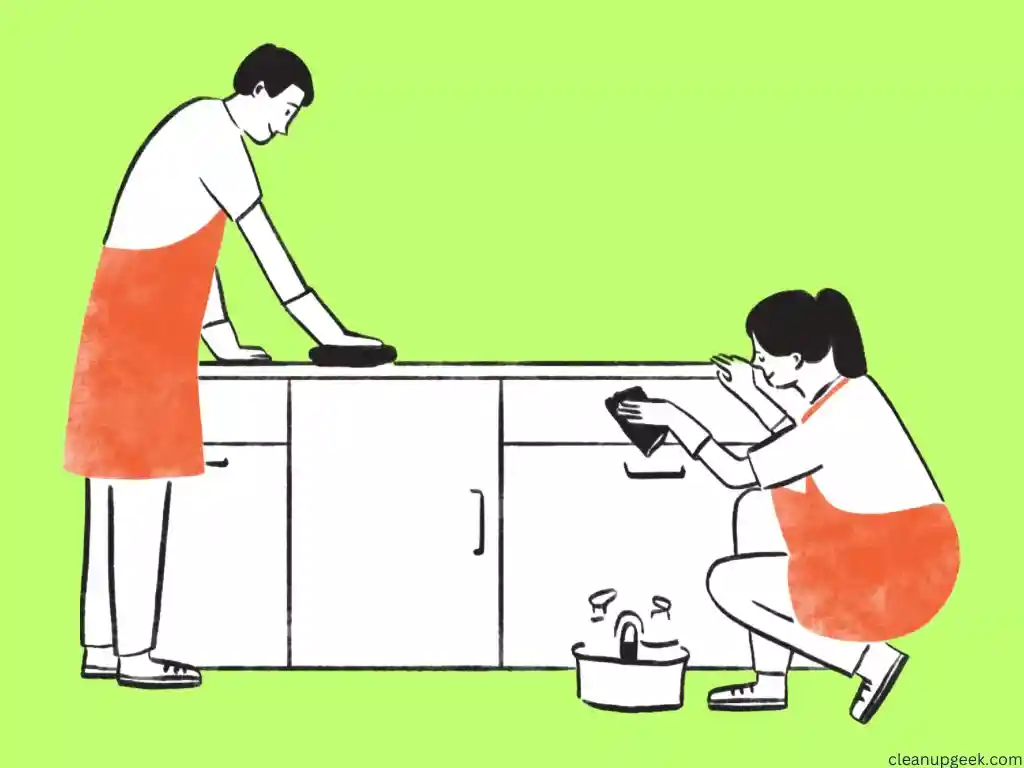
Regularly cleaning your wooden furniture, avoiding excessive heat and moisture, polishing it to restore its shine, and knowing how to deal with stubborn stains and scratches are just a few of the best practices for preserving its beauty and ensuring its longevity.
Learn more about these essential techniques in our comprehensive guide to dusting methods for wooden furniture preservation.
Regular cleaning
Regular cleaning is crucial for maintaining the beauty and longevity of wooden furniture. To keep your furniture looking new, it is recommended to clean it weekly and dust it more frequently.
Use a soft, lint-free cloth or a microfiber cloth to gently wipe down the surface and all exposed wood areas, such as the arms and legs. You can also use a damp microfiber cloth or a soft brush to remove any dust and loose dirt.
Regular dusting helps prevent scuffing and keeps your wooden furniture in great condition.
Avoiding excessive heat and moisture
To preserve the quality of your wooden furniture, it’s important to avoid exposing it to excessive heat and moisture. High temperatures can cause wood to warp or crack, while moisture can lead to mold and mildew growth.
Make sure to keep your wooden furniture away from direct sunlight and sources of heat, like radiators or fireplaces. Avoid placing drinks directly on the surface without coasters, as spills can create water damage.
If you live in a humid climate, consider using a dehumidifier in the room where the furniture is located. By taking these precautions, you’ll help prolong the lifespan of your wooden furniture and keep it looking its best for years to come.
Polishing
Polishing is an important step in caring for wooden furniture. It helps restore the natural shine and protect the wood from dirt. To polish your furniture, start by dusting it to remove any loose particles.
Then, apply a small amount of paste wax using a soft cloth or brush. Rub the wax onto the surface, following the direction of the wood grain. Let it sit for a few minutes, then buff it with a clean cloth until it shines.
Remember to use gentle pressure and avoid excessive rubbing to prevent damage to your furniture’s finish. Regular polishing will keep your wooden furniture looking beautiful and well-maintained over time.
Dealing with stubborn stains and scratches.
Stubborn stains and scratches can be a headache when it comes to maintaining wooden furniture. But don’t worry, there are ways to tackle these issues! For stains, you can try using baking soda mixed with water or toothpaste on a soft cloth to gently rub the affected area.
Be careful not to scrub too hard, as it may damage the wood’s finish. As for scratches, you can use a crayon in a matching color or a wood touch-up marker to fill in the scratch. Then, buff it gently with a soft cloth.
If the scratch is deeper, you might need to sand it lightly before applying the filler. Remember, prevention is better than cure, so always use coasters and mats to protect your wooden furniture from spills and scratches.
Conclusion and final thoughts
In conclusion, by following the proper dusting methods and regular maintenance outlined in this guide, you can ensure that your wooden furniture stays clean, protected, and looking its best for years to come.
Remember to use gentle cleaning techniques, avoid excessive pressure or harsh chemicals, and keep an eye out for any signs of insect infestations. With a little care and attention, your wooden furniture will continue to shine and bring beauty to your home.
FAQs

1. What is the best way to clean wood furniture?
The best method involves using proper cleaning solutions for wooden furniture, wiping gently in the wood grain direction, and dust capture techniques.
2. How can I make my old wooden furniture look new again?
By applying paste wax and dusting and cleaning it regularly, you can make your old wooden furniture look new again.
3. What should I avoid when caring for my wood furniture?
You should avoid spreading or scattering dust, applying excessive pressure while cleaning, or causing scrubbing damage to preserve the beauty of wooden furniture.
4. Are there special cleaners for wood furniture?
Yes! There are specific wood-furniture cleaners that help remove dust from wood and preserve it.
5. How do I stop dust from building up on my wooden furniture?
Following proper care steps, such as regular maintenance methods like effective dusting techniques, avoids a buildup of dust on your wooden furnishings.
6. What are some tips for maintaining my wooded stuff?
Some tips include following best practices for preserving them like using the right cleaning solution and avoiding harmful things which keep their luster intact.
